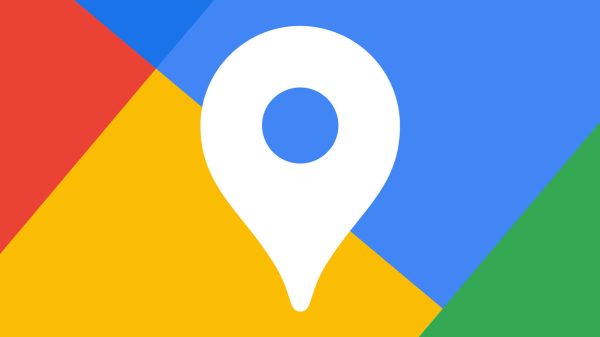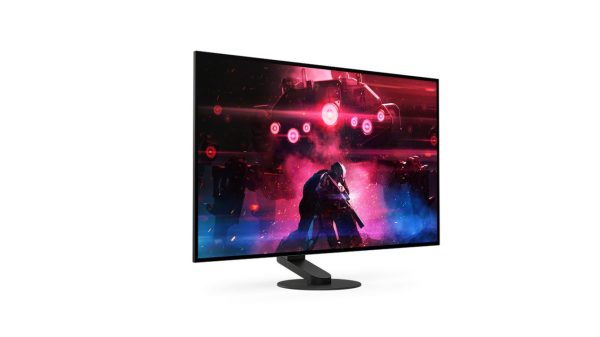Colleen Hroncich
Alongside the growth of homeschooling and microschooling, student-directed learning seems to be gaining popularity. Many of the options highlighted in the Friday Feature incorporate some aspects of self-directed or project-based learning throughout the day. One Stone, in Boise, Idaho, takes student-directed to a whole different level.
One Stone was founded in 2008 with an after-school program called Project Good that set out to empower students to make a positive difference in their communities. From the outset, two-thirds of the organization’s board was made up of students, including several officer roles. “Chairman of the Board, Vice Chair, Treasurer, Secretary—all students. And it’s in our bylaws that it has to be two-thirds students and those officer roles have to be students,” explains Celeste Bolin, One Stone’s Executive Director.
Project Good involves teams of students and adults working to find solutions to causes the students care about, such as homelessness, gang violence, or empowering young women. They use “human-centered design thinking,” which Celeste describes as “a problem-solving, empathy-based way of defining a problem with the people that experience that problem and then solving it in a really creative way with multiple stakeholders involved.”
Celeste says the students who were involved with Project Good attended high schools all around the area. “They were finding so many incredible skills and so much passion for what they were doing that they were begging the question: Why isn’t this real school? Why isn’t this what high school feels like instead of this after-school program?” Celeste says. One Stone received a large grant to start an innovative, out-of-the-box school.
As they set out to design a school, they had 24-hour “think challenges” with two different groups of 300 students from around the region. Celeste was a college professor at the time and was brought in as an expert on stress and wellness, which was her first exposure to One Stone. “They came up with two things. It needs to be passion-based: like, listen to students. What do they care about? And it needs to be relevant to the world right now,” she says. Those founding principles were the bedrock of the school.
The One Stone lab school started in 2016 with 32 students. Celeste came in the following year as a science coach and mentor. She became director of the lab school a year and a half later and now serves as executive director of the entire organization. “The lab school is our main program that awards a diploma and uses our rigorous growth framework,” says Celeste. It includes around 100 kids who are essentially grades 9–12, although they don’t use that terminology. Every student is on a unique journey that typically takes between two and four years.
One Stone has 24 skills in its Bold Learning Objectives, or BLOB. “We’ve developed a competency-based, real-world assessment of skills,” Celeste explains. “We measure students’ growth in their time here, and it’s become a framework that we’ve actually deployed in nine other partner schools across the nation.” One Stone personalizes the framework for specific schools, including various models—public and private, big and small. She emphasizes that these are not “One Stone schools”—they aren’t interested in having franchises—but they are schools that are interested in competency-based learning. One Stone shares its mentoring program, competency-based growth framework, and tracking system that they use to create transcripts for their students.
No two days are the same at the One Stone lab school, but a typical day includes a skills-based workshop in the morning. This may involve problem solving, such as applied mathematics or applied coding, or applied technical writing, such as journalism or scientific writing. Next comes a longer time block of experiential learning. There are a wide variety of projects the kids are tackling, including projects related to architecture, wilderness travel, and robotics. In the afternoon, they have their human-centered design thinking teams, where they work with clients to solve problems. Recently, some students have been working with the Idaho Transportation Department to find solutions to transportation problems, such as roundabouts and distracted driving. They end the day with an all-community clean and a big circle.
The lab school is located in a building in downtown Boise that gives them the flexibility to do all of this. “We have a science area, we have an art area. Then we have a foundry, which is our maker space. It’s got a CNC machine, it’s got a bunch of different makers’ tools, it’s got a welder. It’s where a lot of stuff is built. We do a lot of building around here. Then we have the music studio. We have a commercial kitchen, students love to do kitchen sorts of experiences,” says Celeste. There are also meeting rooms of various sizes that can be used for group work, community meetings, partner meetings, and more. The great room is big enough for the entire school and has modular furniture and a big screen so it can be used in multiple configurations.
In addition to the lab school, One Stone still has the Project Good after-school program as well as summer camps for younger students. Students from One Stone or other area high schools “run three to four different camps over the summer—STEM, love of reading, art, performance, entrepreneurship. That is really like our actualization of our value of doing good,” Celeste says. “Experiential service, civic engagement is a huge part of what we do.” The students run the camps with adults on site to drive the van, manage the credit card, or handle emergencies.
The founders of One Stone clearly created something unique. “I truly think the difference is students driving what we do,” says Celeste. “Their heart and their mind are fully appreciated here. Like they’re showing up as a whole person, and their opinions really do drive what we do. We change all the time, and it’s based on students’ interest or students’ advocacy for themselves and what they want to do.” But it’s not pandemonium—the students don’t lead everything, and there are still adults to provide guardrails and support the students as they work to achieve their goals.
“We meet all state standards and then some. All of our students who want to go to college are accepted into at least one and usually many more,” Celeste adds. “But the students are telling us what is really driving them to be curious about architecture or geology. And then we build with them and bring in experts as needed when we’re doing really cool big projects. So I think that’s truly unique and something I’ve seen few schools really do.”
























